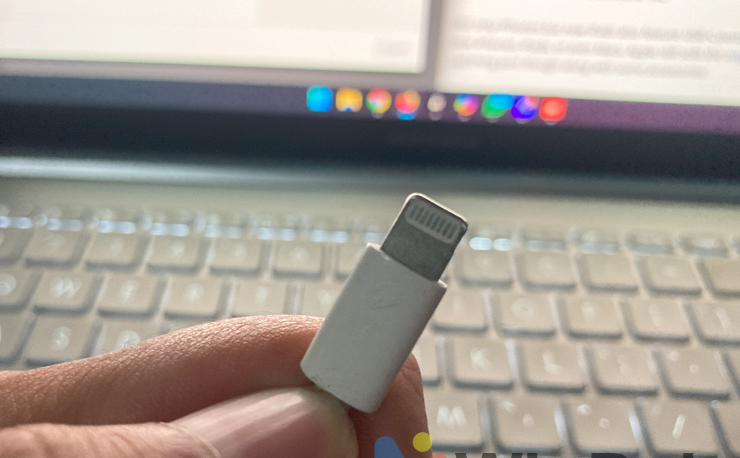
Apple has long been renowned for its Lightning port, which, during the era of Micro USB, was celebrated by Apple users as a versatile and exclusive “iPhone charger.”
However, as time progressed and technology advanced, USB Type C, first introduced in 2014, emerged with superior speed compared to the Lightning port. This advancement left the iPhone 14, released in 2022, feeling outdated, much to the disappointment of many Apple enthusiasts. After all, the iPhone 14, priced over 16 million, still utilized the Lightning port with transfer speeds equivalent to USB 2.0.
In 2023, Apple initiated the transition from the Lightning port to USB-C with the launch of the iPhone 15 series. This move was also prompted by the European Union’s approval of legislation requiring all consumer electronics sold by 2024 to feature USB-C as the charging port.
To comply with this regulation, Apple swiftly began the transition with the iPhone 15 and completed it within two years with the introduction of the recently announced iPhone 16e.
Also Read: Not SE 4, Apple Introduces iPhone 16e – Coming to Indonesia?
Additionally, it’s not just iPhones that will bid farewell to the Lightning port; new iPads will also be equipped with USB-C ports. Consequently, Lightning ports will no longer be featured in any new iPhone, iPad, or even Mac models sold by Apple.
There’s no doubt that USB Type C offers several advantages over Lightning, including broader compatibility and widespread adoption across devices from various manufacturers, making it more versatile and not limited to specific devices.
Moreover, USB-C supports significantly higher data transfer speeds, ranging from 5 Gbps to 40 Gbps, depending on the USB standard used. For charging, USB-C also supports Power Delivery (PD), enabling faster and more efficient charging up to 100 watts.
Indeed, USB-C serves multiple purposes, including charging, data transfer, and audio/video output, whereas Lightning is primarily used for charging and data transfer on Apple devices only.
Clearly, since USB Type C has become the current technological standard, being used across nearly all devices—smartphones, tablets, PCs, TVs, and more—Apple had no choice but to adopt it. This shift was further necessitated by the EU’s legislation aimed at reducing electronic waste and fostering innovation in charging technology through the use of USB Type-C.
What do you think, folks? Apple has finally joined the USB-C club, hasn’t it? Share your thoughts and opinions in the comments below.






